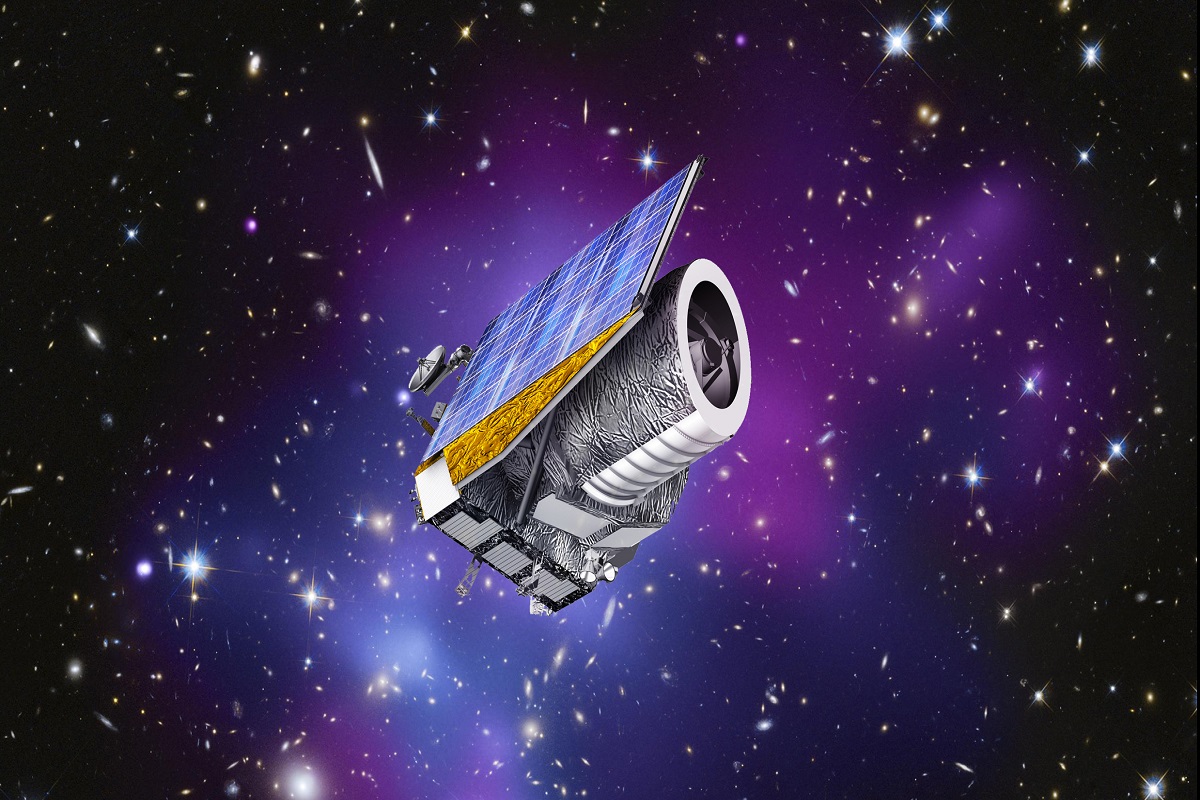In the world of science, one of the biggest questions is: How was the universe created? To find answers to this question, a European telescope launched into space from Florida, USA, called Euclid, will capture images of billions of galaxies and create a precise three-dimensional map of the cosmos.

Researchers admit that they still know very little about dark matter and dark energy. None of these can be directly observed. Now, the Euclid mission will use its specially designed three-dimensional map to help scientists understand how dark energy and dark matter have influenced the time and space of the universe.
Isobel Hook, a professor of astrophysics and teacher at Lancaster University in the UK, says that due to this lack of knowledge, we cannot provide a definitive explanation about the origin of our universe.
She explains, “This mission will be somewhat like traveling on a spaceship before knowing where Earth is located, how we arrived at our current state, and how all the galaxies, solar systems, and life forms emerged since the Big Bang moment.”
Initially, this mission was led by the European Space Agency (ESA), but NASA, the United States’ space research agency, has also made significant contributions, especially in the telescope’s science and engineering.
Previously conducted research suggests that about 70% of the energy in the universe is dark energy. About 25% is dark matter, and the remaining 5% consists of visible objects like stars, planets, gases, dust, galaxies, and other observable matter.
To gain an understanding of this mysterious 95% of the universe, the Euclid telescope will conduct two surveys over six years. One of its primary tasks is to create a map that shows where and how dark matter exists in the universe. Dark matter itself cannot be directly identified, but astronomers can infer its existence through its gravitational effects on visible matter in the universe.
The Hubble Space Telescope has already made significant contributions in this regard, but Euclid will cover an area of the sky 15,000 square degrees in size, significantly larger than Hubble’s observations, providing a much more detailed look.
Mark Cropper, a professor at University College London’s Space and Climate Physics Laboratory, notes, “The images captured by this camera will be enormous. Just looking at one image will require more than three high-definition televisions.”
On the other hand, dark energy is entirely separate from dark matter. Dark energy’s presence causes galaxies to be spaced apart, leading to the universe’s accelerated expansion since its birth. Scientists believe that dark energy is a mysterious “force” that is propelling the expansion of the universe. Its existence and effects were confirmed by three scientists who were awarded the Nobel Prize in 1998.
The Euclid mission will not provide definitive answers, but it will refine our understanding of these two enigmatic phenomena. It may even open the door to entirely new explanations.
Babak Noroozi, a professor at Surrey University, says, “One possibility is that dark energy is actually a fifth force, a new force in the universe that only acts on large scales, affecting the universe’s expansion differently from gravity.”

Leave a Reply